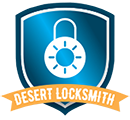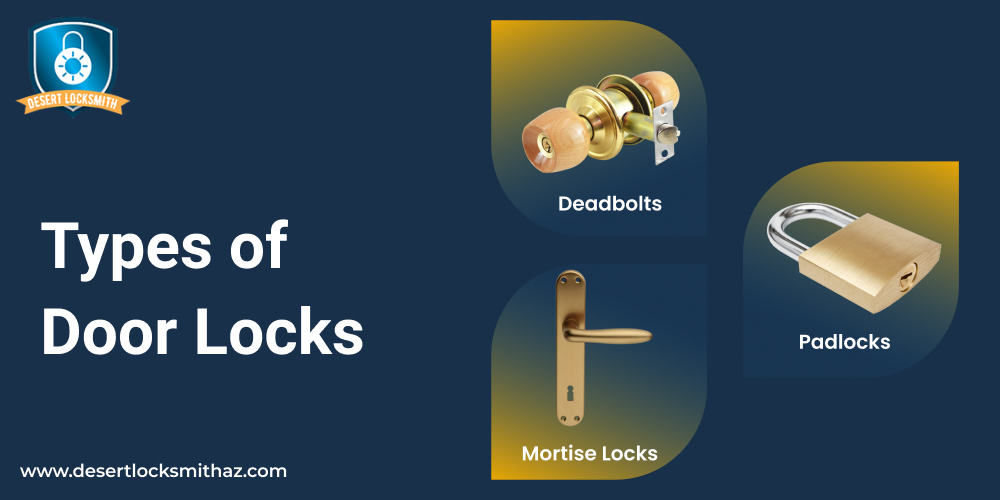Every year, around 2 million homes are broken into, so knowing the fundamental distinctions between the different types of door locks may help you make smarter decisions for your facilities. Even if you’re a locksmith or work in the lock installation industry, understanding this information can help you make better decisions for your clients.
Security, whether at the business or home, should not be taken lightly. This necessitates the installation of improved door locks. However, not any lock may be installed on any door. Read on to learn about the many types of door locks and what to look for when purchasing a lock for your home or workplace. Smart lock installation is also a smart choice to go for.
Knob Locks
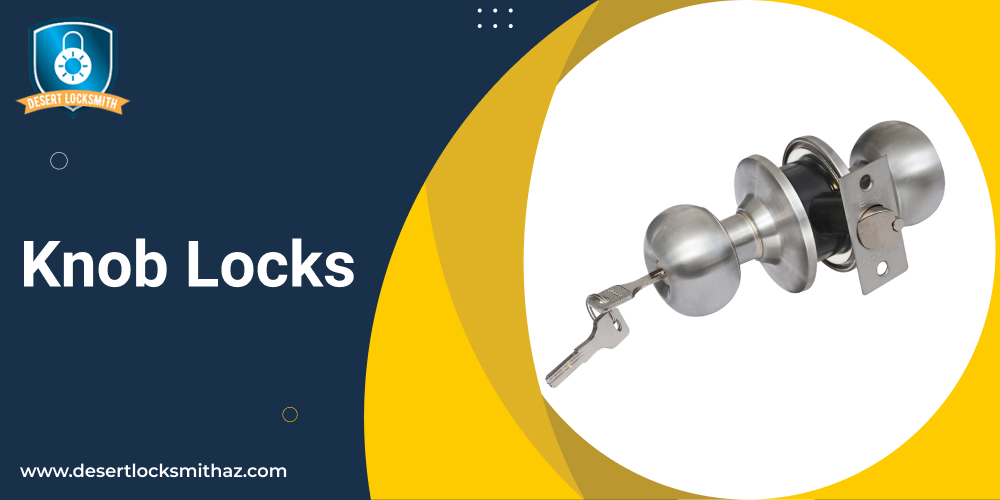
The most prevalent form of door lock and the primary means of protection for most doors is the knob lock. Instead of being on the door, the lock cylinder is in the knob. Knob locks should not be used on external doors since they are easily broken into with simple tools such as a hammer or wrench.
Cam Locks
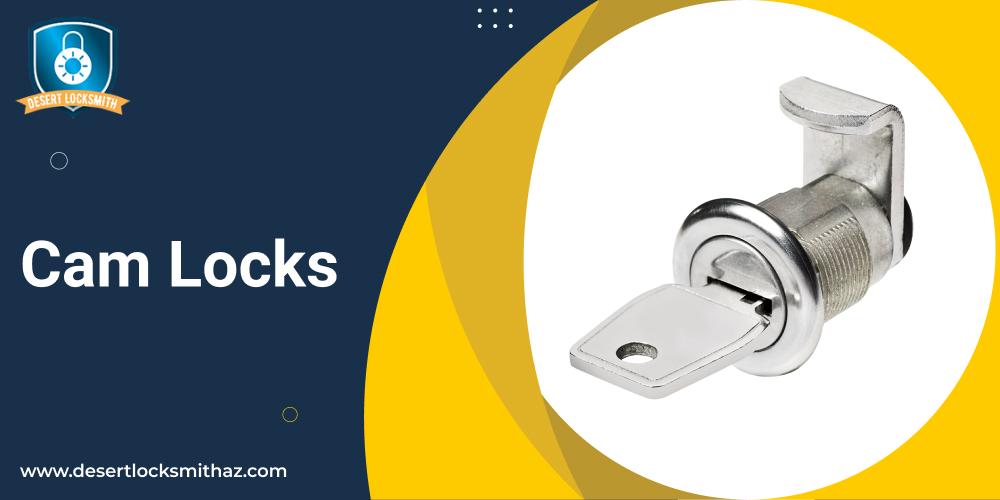
Cam locks are a sort of fastener that permits storage to be maintained intact while being undetectable, thus the overall look is unaffected. Cam locks are typically included with furniture and cabinet packages. These cylindrical door locks are installed in the wooden section of the door.
A metal tube with a hole on one side aids in the positioning of the inserted bolt. Certain cam locks secure cabinet doors, making them appealing as a safeguard for delicate materials. Cam locks produce a locking mechanism by combining multiple tailpieces or “cams.”
Deadbolts
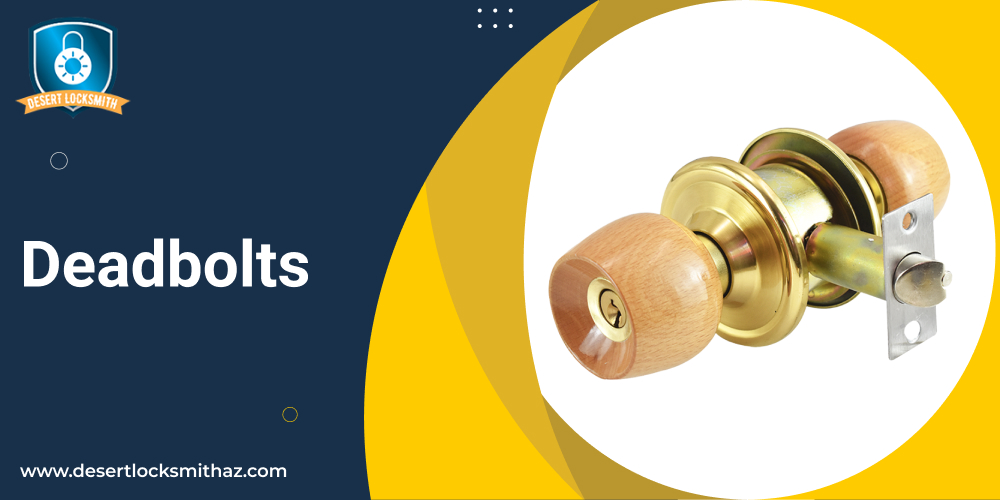
The best security against burglary or break-in is a deadbolt. Without the use of a spring, lock bolts are moved by twisting a knob or key. Deadbolts have a one-of-a-kind locking mechanism that can withstand physical attacks, hammering, and drilling. They are impossible to open with a knife or other hand instrument. There are three varieties of deadbolt locks: single, double, and C.
The most basic deadbolts are single cylinder deadbolts, which are operated by a key from one side. A key may be used from both sides of a double cylinder lock. The interior of a single, double, or lockable thumb-turn deadbolt is a thumb turn that can be locked with a key. This deadbolt offers the most versatility and security.
Padlocks
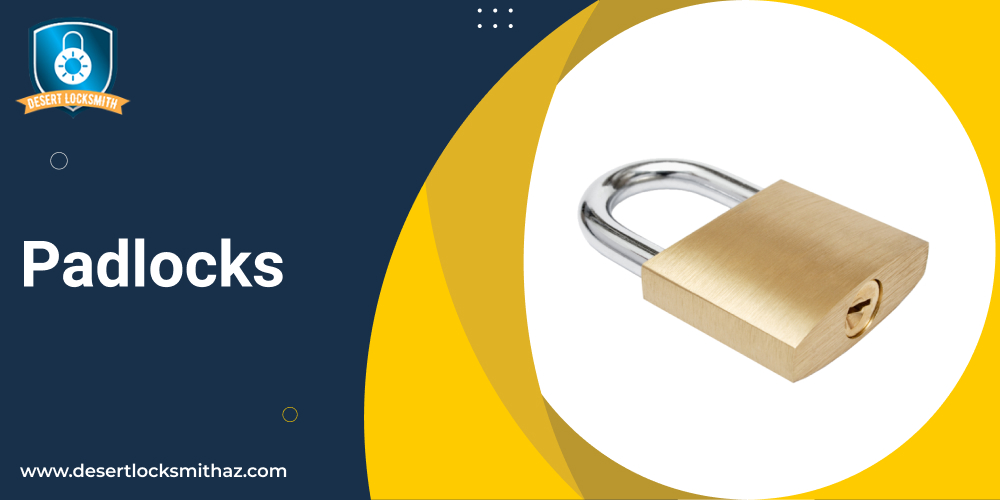
Padlocks are a type of free-standing lock. They are movable, which means they are not permanently linked to a door or anything that uses them, unlike other lock kinds. Padlocks are available in several styles, divided into two categories: keyed and combination.
Keyed padlocks come in a variety of styles, including keyed alike, keyed different, and keyable. Padlocks are easily distinguished not just by their mobility but also by the looped-handle shackle form. They have a shouldered shackle, which means the padlock shoulders elevate the sides of the shackle, making bolt cutters hard to penetrate.
Mortise Locks
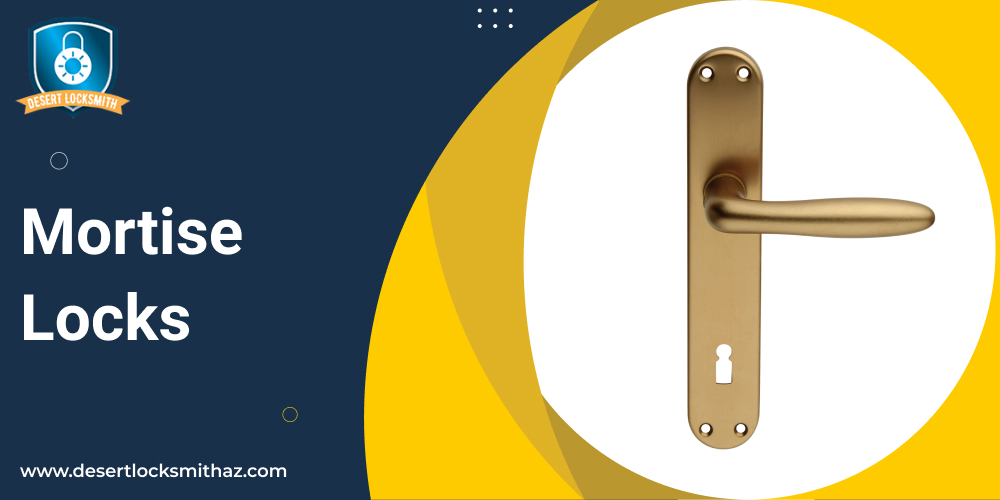
These locks are used on external doors. They are, however, available in both light and heavy-duty versions. They have an internal mechanism that makes them more like locksets than simple locks. These locksets generally have a cylindrical body and may accommodate either knobs or levers. They are threaded and use mortise components that are installed within the door. The mortise, which is a deep recess on the edge of the door, is where a box lock is installed. Mortise locksets are secure because the locking mechanism is created by a set screw and a cam. The cylinder component comes in a range of heights and lengths to fit various types of doors.
Conclusion
Door handedness is another important consideration for lock installation, as some locks are only compatible with certain door handednesses. Deadbolts may be put on any type of door, regardless of the door’s handedness.
In these five categories: knobs, deadbolts, cam locks, padlocks, and mortise locks, various other locks are included. Lever handle door locks, for example, are used on interior doors and function similarly to knob locks. Aside from door lock concerns, it’s crucial to inspect the door for lock installation, especially the backseat.
Door handedness is another important consideration for lock installation, as some locks are only compatible with certain door handednesses. Deadbolts may be put on any type of door, regardless of the door’s handedness.
